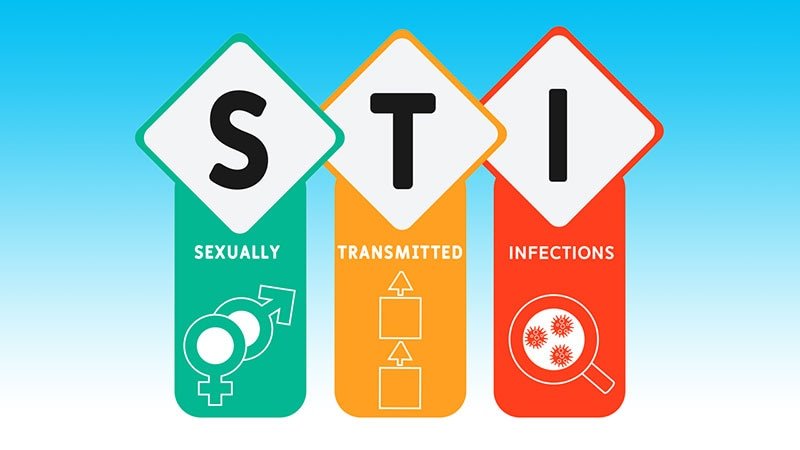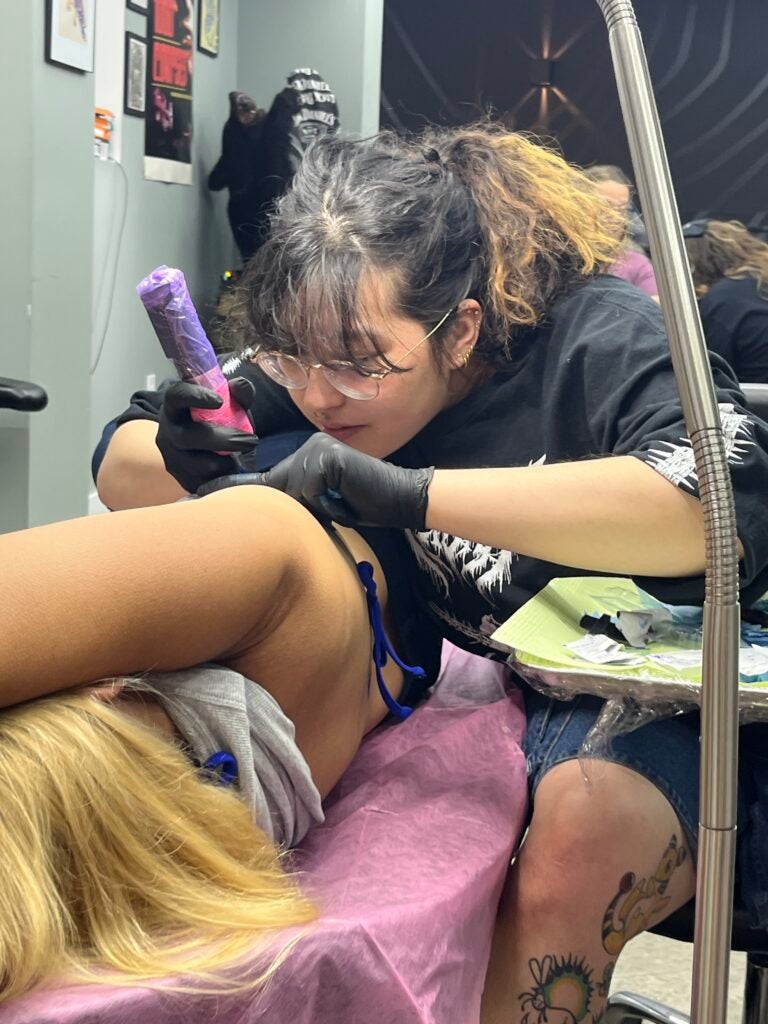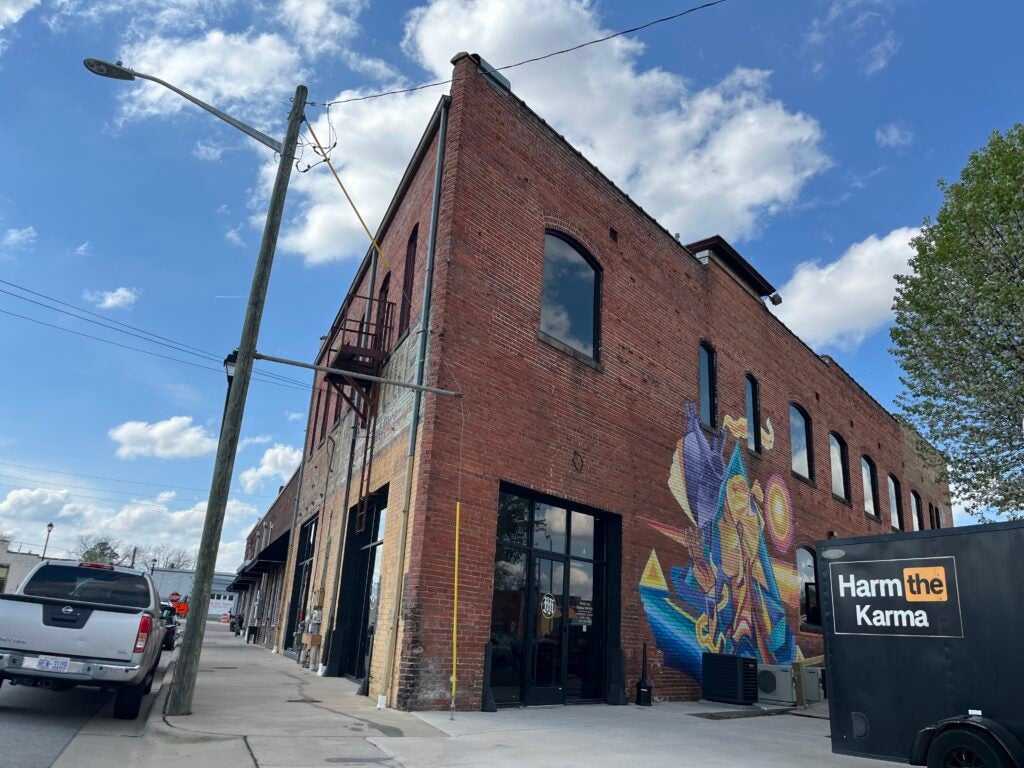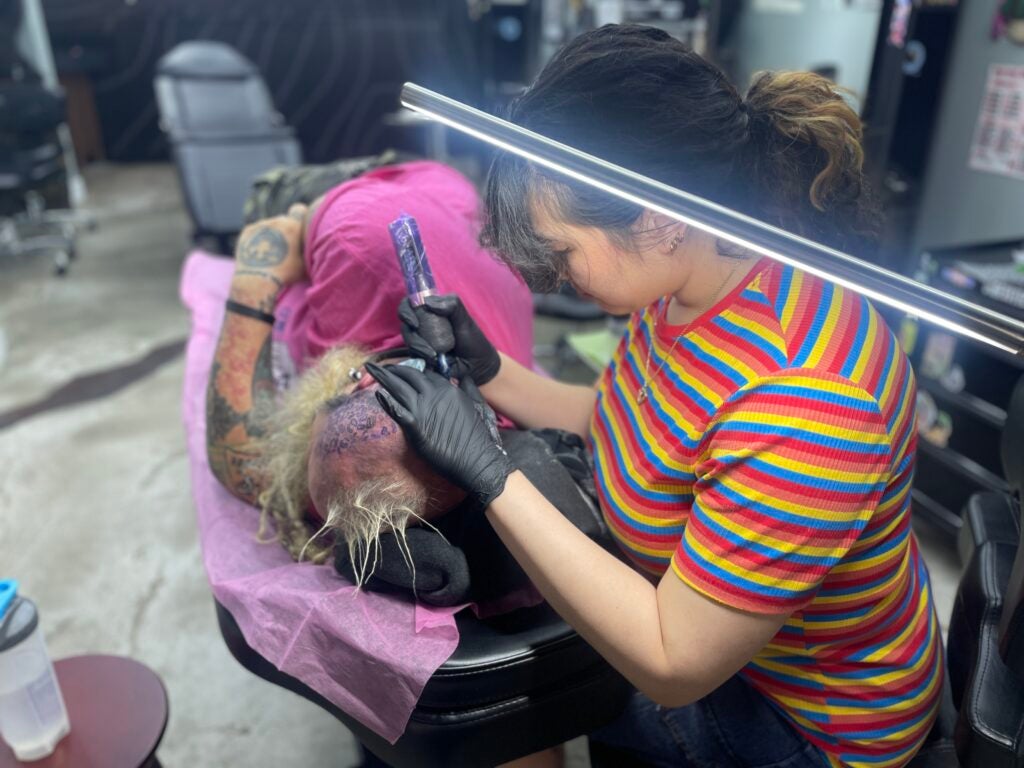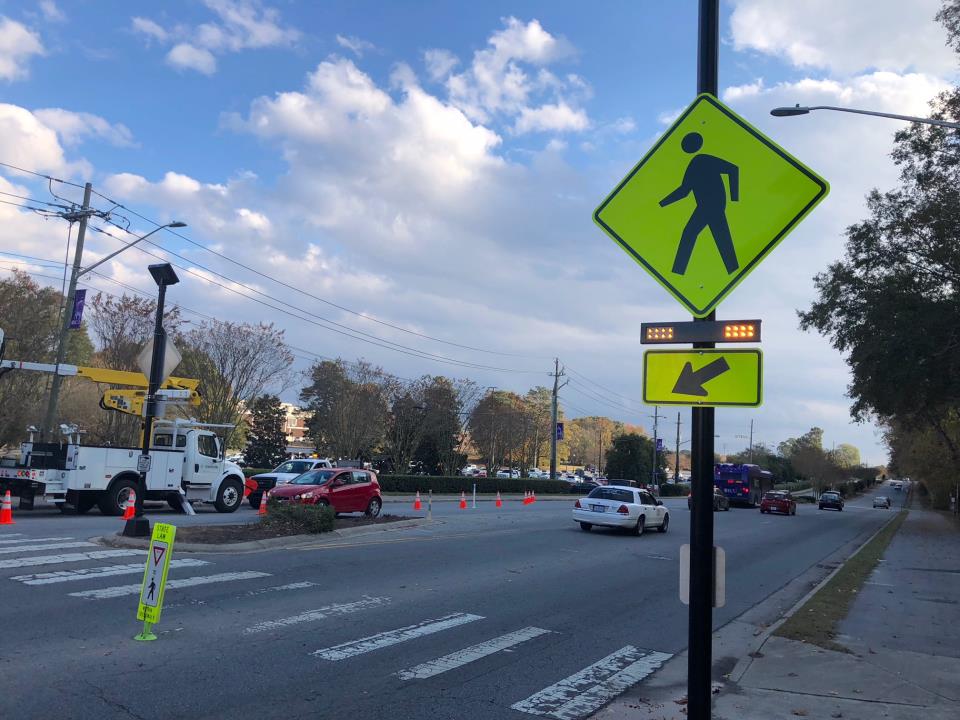North Carolina has seen an alarming increase in sexually transmitted infections over the past decade, particularly among those ages 15 to 24 in rural areas posing the biggest risk. In 2023 alone, the state reported over 26,000 cases of gonorrhea, with those disproportionately occurring in rural areas, according to the North Carolina Department of Health and Human Services.
A combination of limited healthcare access, inadequate transportation, and lack of comprehensive sex education contributes to this public health crisis. Many rural areas lack nearby clinics, and young people often struggle with the cost and management in seeking care. As a result, infections frequently go undiagnosed and untreated, increasing the risk of long-term complications and further transmissions, according to the Health and Human Services department.
Dr. Kristina Simeonsson, a public health professor at East Carolina University and pediatrician, connects rising STI rates to modern hookup culture and the stigma surrounding sexual health. “The use of dating apps has given more people access to partners they didn’t have before,” she explains. She adds that because young adults engage in risky behaviors and conversations surrounding sex are often stigmatized, this often leads to young people avoiding seeking care, even when something is wrong.

The problem is compounded by the fact that many STIs are asymptomatic. “Most STIs are spread when people don’t have symptoms and assume they’re in the clear,” says Brian Cavanaugh, a sexual health professor at East Carolina University. “That’s why regular screening is so important, especially in communities where access to healthcare is already limited.”
Cultural barriers and medical mistrust further isolate young people from essential resources. The Centers for Disease Control and Prevention notes that young people of color in rural areas often face providers who lack cultural competence or awareness of their specific needs.
To combat the growing STI crisis, organizations like the Children’s Home Society of North Carolina are taking action. Their SYNC (Sexual Health for Youth in Care) program provides free, evidence-based sexual health education to teens in out-of-home care across the state. Health officials and educators emphasize the importance of expanding access to screening services, improving transportation to healthcare facilities, and implementing sex education programs that reflect the realities rural youth face.
The North Carolina Department of Health and Human Services has called for more resources in underserved areas, while public health advocates continue to push for better education, outreach and culturally competent care.
As rates continue to rise, experts say addressing the gaps in care and communication could help reduce infections and protect long-term health outcomes, especially for young people in rural communities who remain the most at risk.
